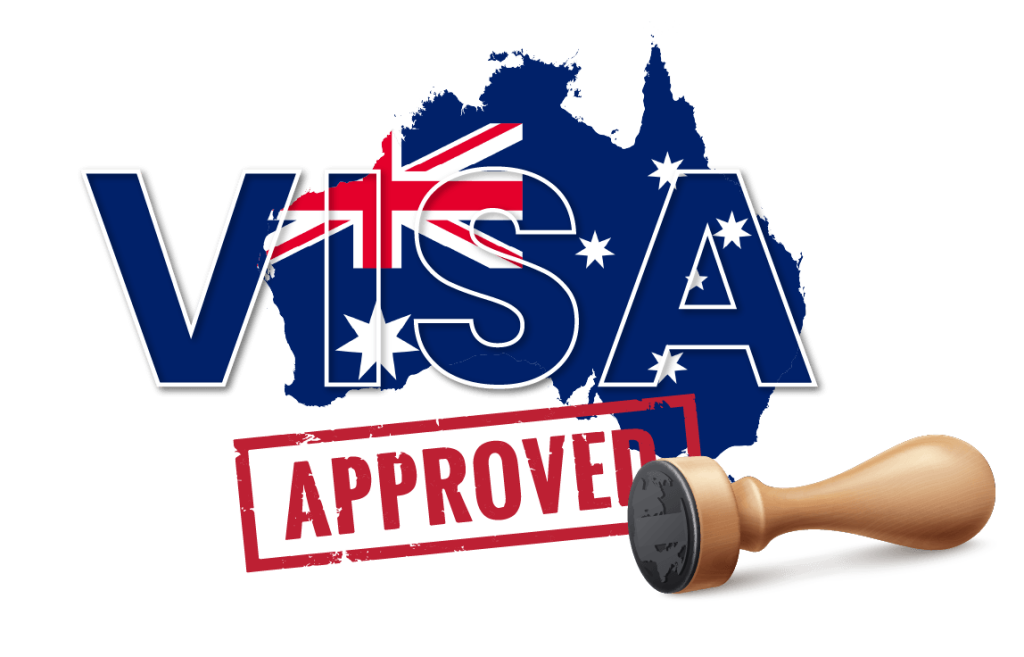Education System in Australia
The education system in Australia is backed by the Australian Qualifications Framework (AQF). Introduced in 1995, AQF is a national policy that covers the qualifications from the school leaving certificate to Senior Secondary Certificate of Education to the Tertiary Education Sector.
Higher education in Australia is organized in two sectors – universities registered by the Tertiary Education Quality and Standards Agency (TEQSA) and vocational education and training (VET), which is regulated and registered by the Australian Skills Quality Agency (ASQA).









